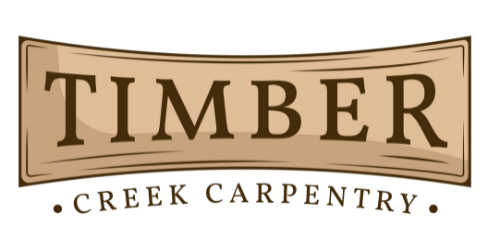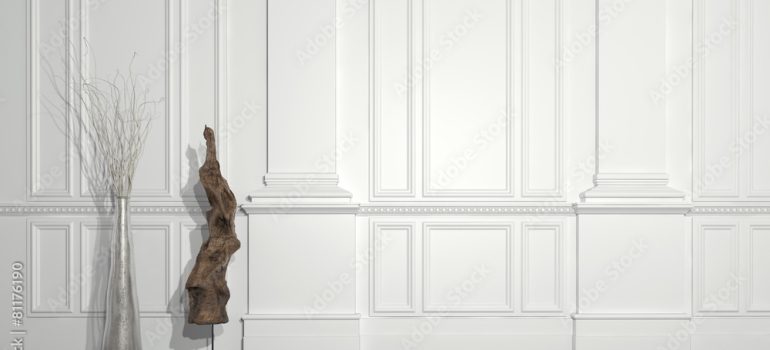A pilaster is a shallow, rectangular column that projects slightly from a wall and typically has a base and capital, like a full column. It is primarily decorative, giving the illusion of a supporting column and adding classical architectural detail without bearing any structural load.
Aesthetic Enhancement
-
-
-
Mimic columns: Pilasters imitate the appearance of classical columns but are flat and project only slightly from the wall.
-
Add rhythm and proportion: They divide wall space visually and add a sense of classical order and balance.
-
Frame elements: Often used to frame doors, windows, fireplaces, or wainscoting panels for a more formal or traditional look.
Architectural Styling
-
-
-
-
Used in Classical, Neoclassical, Renaissance, Georgian, and Colonial Revival architecture to evoke grandeur and timelessness.
-
They may include bases, shafts, and capitals that reflect the classical orders (Doric, Ionic, Corinthian, etc.).
Visual Support
-
-
-
-
Though mostly ornamental, pilasters give the illusion of structural support, especially beneath entablatures, arches, or pediments.
Space Definition
Here are examples of how pilasters are used in modern interior design, blending classical elements with contemporary aesthetics:
Framing Doorways
-
-
-
-
Use: Pilasters on either side of a doorway create a grand entrance, especially when topped with a pediment or entablature.
-
Modern Twist: Simplified profiles with clean lines, often painted the same color as the wall for a minimalist look.
Built-In Bookcases or Cabinets
-
-
-
-
Use: Flanking cabinetry or shelving units to make them appear custom-built and architecturally integrated.
-
Modern Twist: Flat or square pilasters in natural wood or matte black finishes for a sleek contrast.
Accent Walls
-
-
-
-
Use: Create a sense of formality by dividing a large wall into “bays” using pilasters and panel moulding.
-
Modern Twist: Combine with LED lighting or geometric paneling for a transitional or modern-classic fusion.
Fireplace Surrounds
-
-
-
-
Use: Pilasters on each side of a fireplace to frame the mantel and elevate the focal point.
-
Modern Twist: Use stone, metal, or textured finishes for a contemporary feel while preserving the classical form.
Hallways and Entryways

